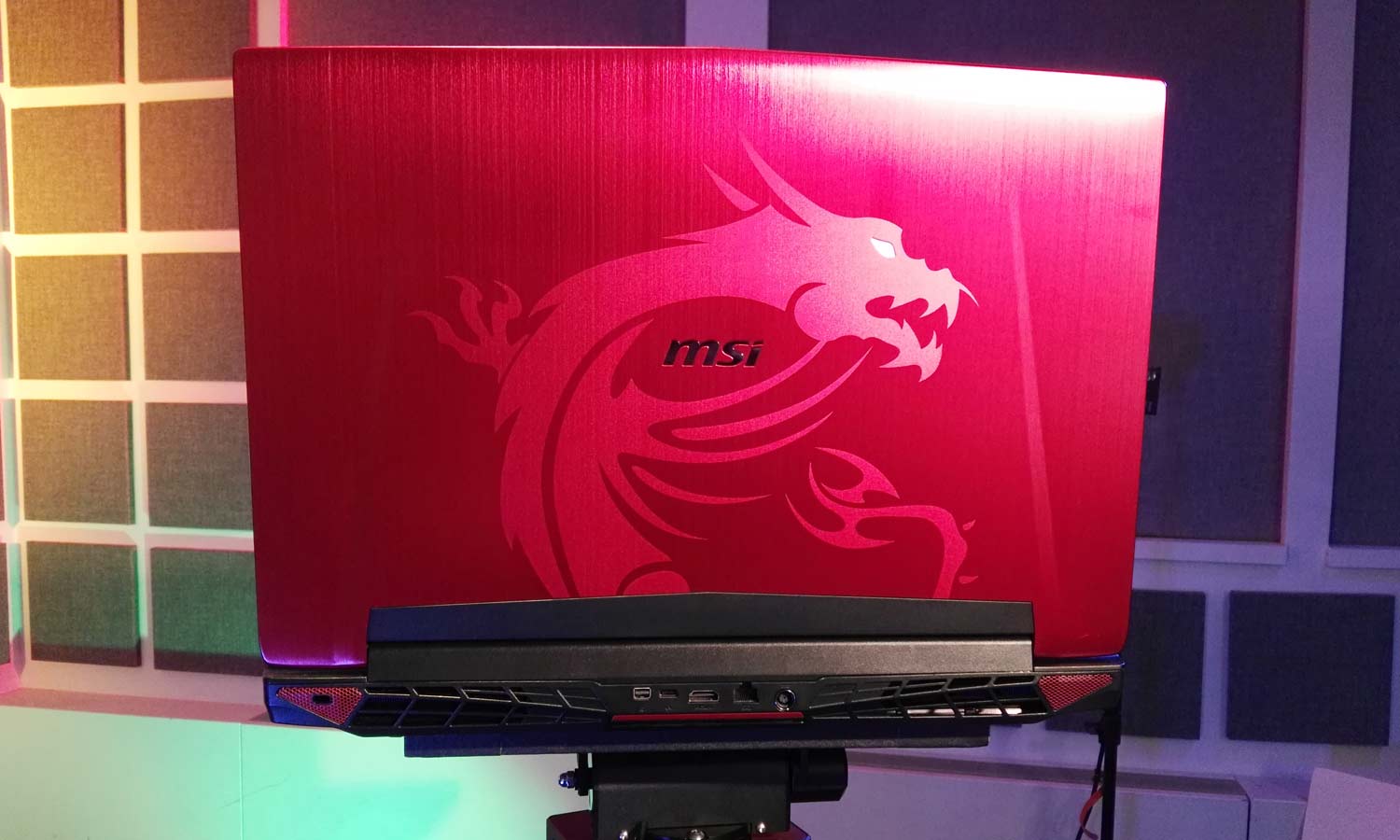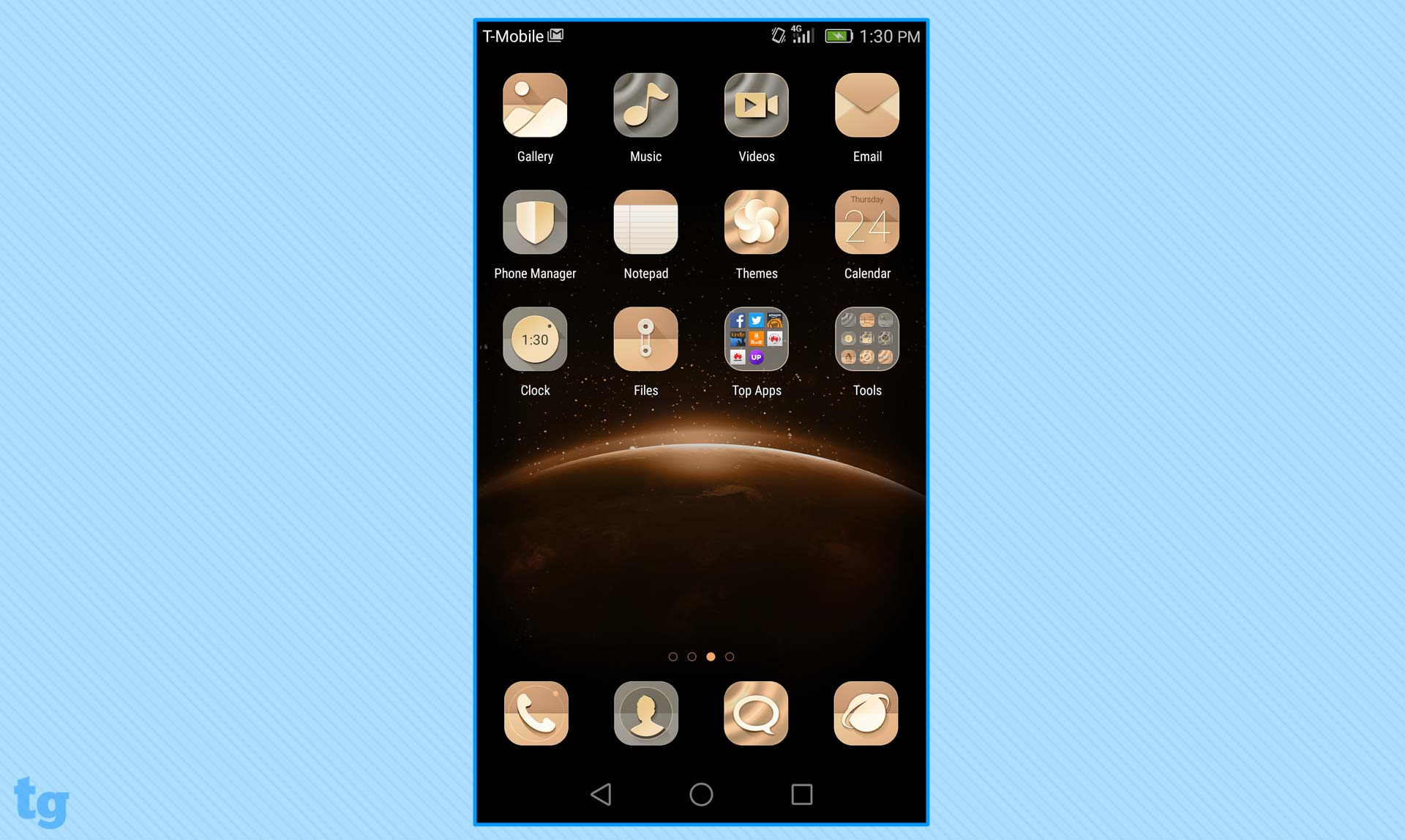Tom's Guide Verdict
The Huawei GX8 offers a great display and a fingerprint sensor in a handsome body, but bad battery life mars its potential.
Pros
- +
Sturdy, solid design
- +
Affordable
- +
Vibrant display
Cons
- -
Short battery life
- -
Sluggish performance in some tasks
Why you can trust Tom's Guide
At first glance, the Huawei GX8 looks like the phone maker's latest attempt to make a premium smartphone for a midrange price. This beautiful device offers a great 5.5-inch display, good cameras and a nifty fingerprint sensor in a handsome body for just $350 unlocked. But this device's potential to be a wonderful phone is marred by short battery life and sluggish performance. Considering that Huawei has an even better phone in its $199 Honor 5X, you'll begin to wonder why the GX8 exists at all.
Design: Solid Metal Look

I loved running my fingers across the Huawei GX8's matte metal back as I flipped the phone around in my hand. Its slightly curved rear offered a good grip, while its metal frame felt solid. Below the phone's 13-megapixel rear camera, you'll find a fingerprint sensor.





At 0.29 inches thick, the GX8 is slimmer than the Google Nexus 5X, the OnePlus 2 and the Huawei Honor 5X. Weighing 5.89 ounces, the GX8 is heavier than the Nexus and the Honor, but lighter than the OnePlus (6.17 ounces).
Specs
Carrier: Unlocked
Phone Display Size: 5.5 inches
Display Resolution: 1920 x 1080
Operating System: Android 5.1
CPU: 1.5-GHz octa-core Snapdragon 616
RAM: 2GB
Internal Memory: 16GB
Memory Expansion Type: microSD card
Front Camera Resolution: 5 MP
Camera Resolution: 13 MP
Ports: USB 2.0 HS, 3.5mm headphone, micro USB, SIM card slot, microSD, nano SIM
Size: 5.98 x 3.01 x 0.29 inches
Weight: 5.89 ounces
Fingerprint Sensor: More Than Just Unlocking
As on the Nexus 5X and the Nexus 6P, the Huawei GX8's fingerprint reader is on its back to enable easy unlocking of the phone. That positioning makes it less convenient to unlock your device when it's faceup on a surface — you'd have to pick up the phone and place your finger on its back, as opposed to simply placing your finger on the front. It took me just six taps to enroll a digit. In my testing, the GX8 fingerprint scanner proved accurate, with the phone staying locked when I laid a different finger on it.

Huawei's software lets you use your fingerprint to perform a variety of shortcuts on the GX8, such as taking a photo when you're in the camera app, answering an incoming call or stopping an alarm. However, you can do more with the Honor 5X's fingerprint scanner, which can also run specific tasks, such as calling a preset number or launching a favorite app, depending on which finger you scan — something the GX8 can't do.
Display and Audio: Bright Screen, Soft Audio
Watching videos and flipping through Instagram pictures are enjoyable experiences on the GX8's 5.5-inch 1080p display. A full-HD trailer for Temps showed off vibrant red and yellow candy packaging, and details, such as individual strands of stubble on Grant Rosenmeyer's face, were clear.

The GX8 is one of the brighter phones in this price range. It notched 458 nits on our light meter, beating the average smartphone (428 nits), the OnePlus 2 and the Nexus 5X. The Honor 5X (529 nits) was brighter, though.
Reproducing an impressive 143.6 percent of the sRGB color spectrum, the GX8 can display more colors than the average smartphone (119.05 percent) and every other phone in this comparison.
MORE: Best Cheap and Unlocked Smartphones
The GX8 also beat most of the competition in color accuracy, as its Delta-E error rating of 1.58 is better than the average smartphone (3.07), the OnePlus and the Honor. (Numbers closer to 0 are more accurate.) The Nexus (2.0) was more accurate than the GX8.
When turned up to max volume, the GX8's rear-mounted speakers barely filled a medium-size meeting room with The Weeknd's "In The Night." The music also sounded flatter than it does through my Apple earbuds on my iPhone 6s, and lacked bass overall.
Performance: Somewhat Sluggish
With a 1.5-GHz octa-core Snapdragon 616 CPU and 2GB of RAM, the GX8 was somewhat sluggish during my testing. I was able to swipe through pages of apps and look through pictures speedily enough, but I found the animations of falling drones ran more slowly during my game of Futurama: Game of Drones than I'm used to on an iPhone 6s or a Galaxy S7 Edge. The GX8 also takes about a second to switch between open apps or go back to the home page.

Scoring 3,021 on Geekbench 3, the GX8 beat the average smartphone (2,835) and the Honor 5X, but lost to the Nexus and the OnePlus 2.
However, the GX8 took a really long 9 minutes and 30 seconds to convert a 204MB video from 1080p to 480p. The average smartphone was slightly faster (7:19), as were the Honor and the OnePlus 2.

The GX8 didn't perform well on the 3DMark Ice Storm Unlimited graphics test, either, getting just 7,770. That's lower than the smartphone average (14,451) and every other competing phone.
Cameras: Capable Image Capture

Sporting a 13-megapixel rear camera, the Huawei GX8 took solid pictures by day. Manhattan buildings looked clear, while the red, white and blue of American flags popped against the gray buildings.

The sexy brushed-metal pattern on a red laptop was sharp, and the notebook's amber sheen looked accurate.
The 1080p video I shot of New York City traffic was bright, fluid and colorful, and passing yellow cabs were recorded accurately.

Up front, the 5-MP camera took clear, colorful selfies in which my fuzzy, peach jacket and my lovely colleague's bright-blue coat looked vibrant. The intricate pattern on my co-worker's dress was clear.

I squealed in excitement when I realized that Huawei had built live makeup filters into the camera app. This lets you see what you'd look like with different cosmetic styles on your face, and it's a riot when you bring it around your office and make every co-worker try it out.

Huawei's camera app mimics the layout of an iPhone, letting you swipe on the viewfinder to toggle among Photo, Video, Time-Lapse, Beauty and Good Food modes. The latter renders colors more warmly to make food look richer.
Software: Mixed Emotions
Just like other Huawei phones, the GX8 runs the company's EMUI 3.1 on top of Android (5.1 Lollipop), which may annoy any Android fans who may prefer the simpler, cleaner stock Android.

EMUI mimics iOS a little, by eliminating the app drawer and dumping all of your apps on multiple home pages. EMUI's icons for apps such as Messaging, Browser, Phone and Camera are starkly different from those on Android, and can be confusing for people used to Google's platform.
MORE: Smartphones with the Longest Battery Life
But with Huawei's software, you get neat bonuses, such as a File Manager app to easily locate your documents, a default video player and a Phone Manager tool to optimize your device's performance. You'll also get a folder named Tools that packs a slew of apps running the gamut from redundant (such as Magnifier, Mirror and Screen Lock) to useful (such as Recorder and Calculator).
Battery Life: Too Fleeting
The GX8 has a big shortcoming: lack of stamina. It lasted just 6 hours and 45 minutes on Tom's Guide's battery test (continuous Web surfing over T-Mobile's 4G LTE network with the display at 150 nits). That's more than an hour less than the average smartphone (8:18). The OnePlus 2, the Honor and the Nexus all lasted longer, with the Nexus clocking in at a whopping 11:30.

The good news is, the GX8 held on to its charge when not in use, so it lasted through the day idling in my backpack. Once I started taking pictures, videos and scrolling through Instagram, though, the battery started to drain.
Bottom Line
On its own, the Huawei GX8 is a decent phone. It has a solid display, good cameras and an alluring body. I wish it lasted longer on a charge and were faster and more responsive. But at $350, the GX8 would be an acceptable choice.
However, for $199, you can get Huawei's own Honor 5X, which is similarly sleek, lasts much longer and has a more powerful fingerprint sensor. The Honor was better on most performance tests as well, with a brighter, but less colorful, screen and solid cameras. As good as the GX8 is, you can get more phone for less money without having to venture beyond Huawei's lineup.
Cherlynn is Deputy Editor, Reviews at Engadget and also leads the site's Google reporting. She graduated with a Master’s in Journalism from Columbia University before joining Tom's Guide and its sister site LaptopMag as a staff writer, where she covered wearables, cameras, laptops, computers and smartphones, among many other subjects.
-
Laura_35 I find that reviews of Huawei phones are so biased and snobbish. I have a Huawei GX8 and I am super impressed with it lovely handset great screen and works really well.Reply -
CherlynnLow Reply18018302 said:I find that reviews of Huawei phones are so biased and snobbish. I have a Huawei GX8 and I am super impressed with it lovely handset great screen and works really well.
But does it bother you at all that you could have gotten Huawei's Honor 5X, which is basically the same phone, for $150 less? -
Laura_35 No because I got it free on an upgrade. Very happy. I think all the reviews of huawei I read are kind of snobish as if they don't want to admit that the phone as good for a lot less.Reply -
CherlynnLow Reply18018998 said:No because I got it free on an upgrade. Very happy. I think all the reviews of huawei I read are kind of snobish as if they don't want to admit that the phone as good for a lot less.
Oh if you got it free that's great! It's a really good phone if I didn't have to pay anything for it =) I think we as reviewers tend to be harder on devices because we know they could be so much better and we have so much to compare against =) Great point though

